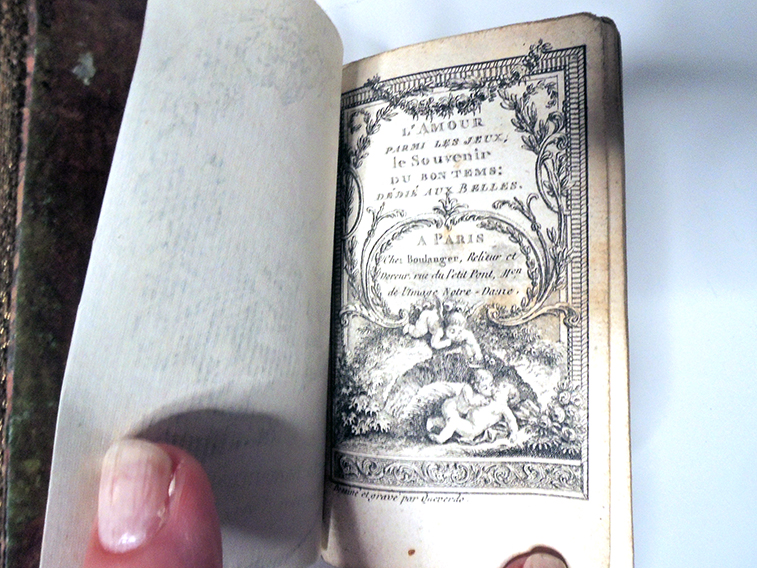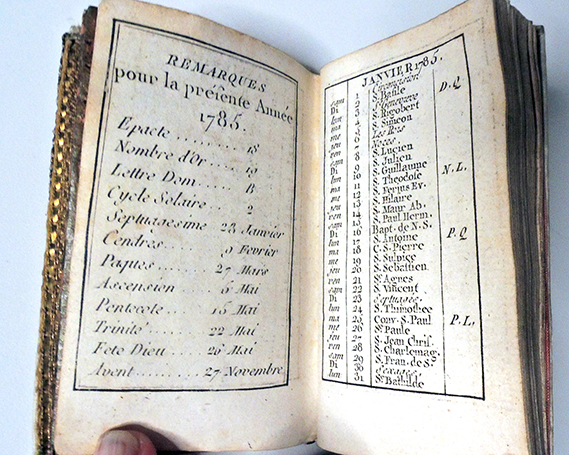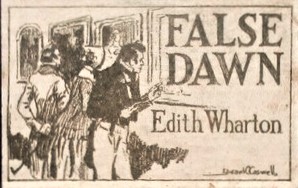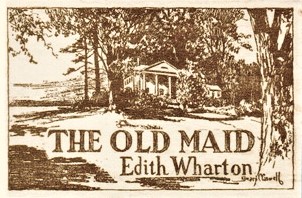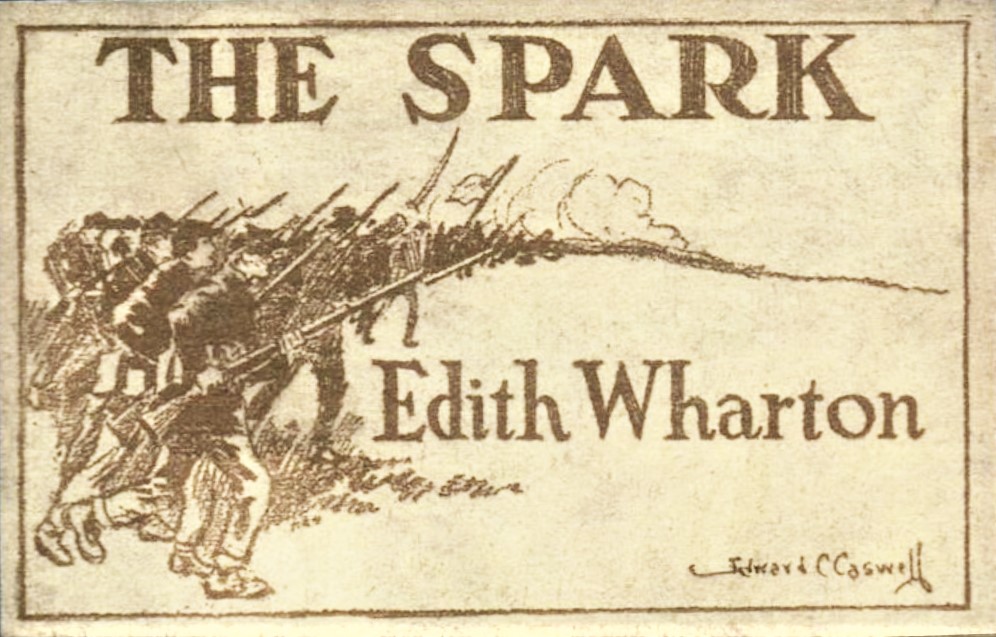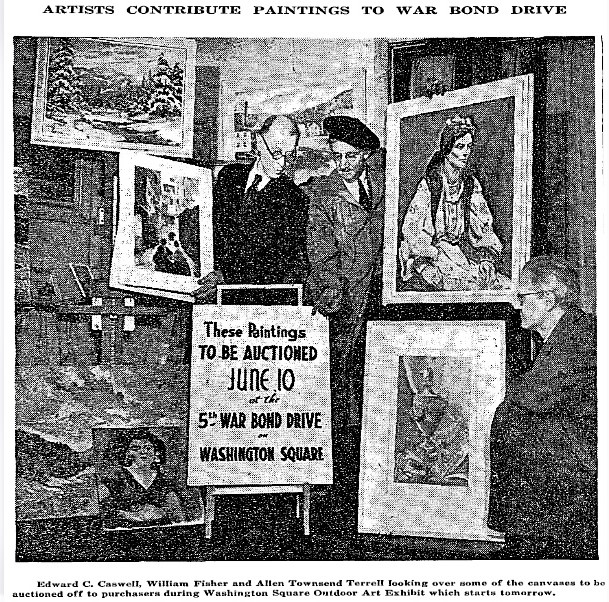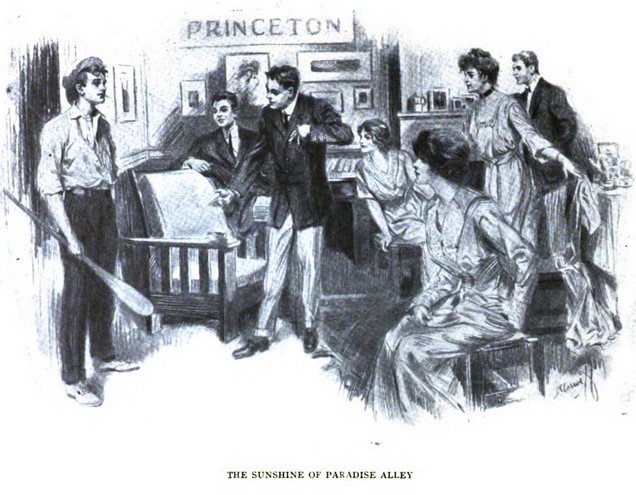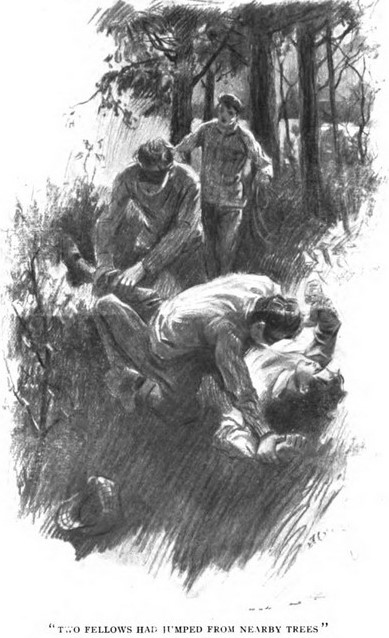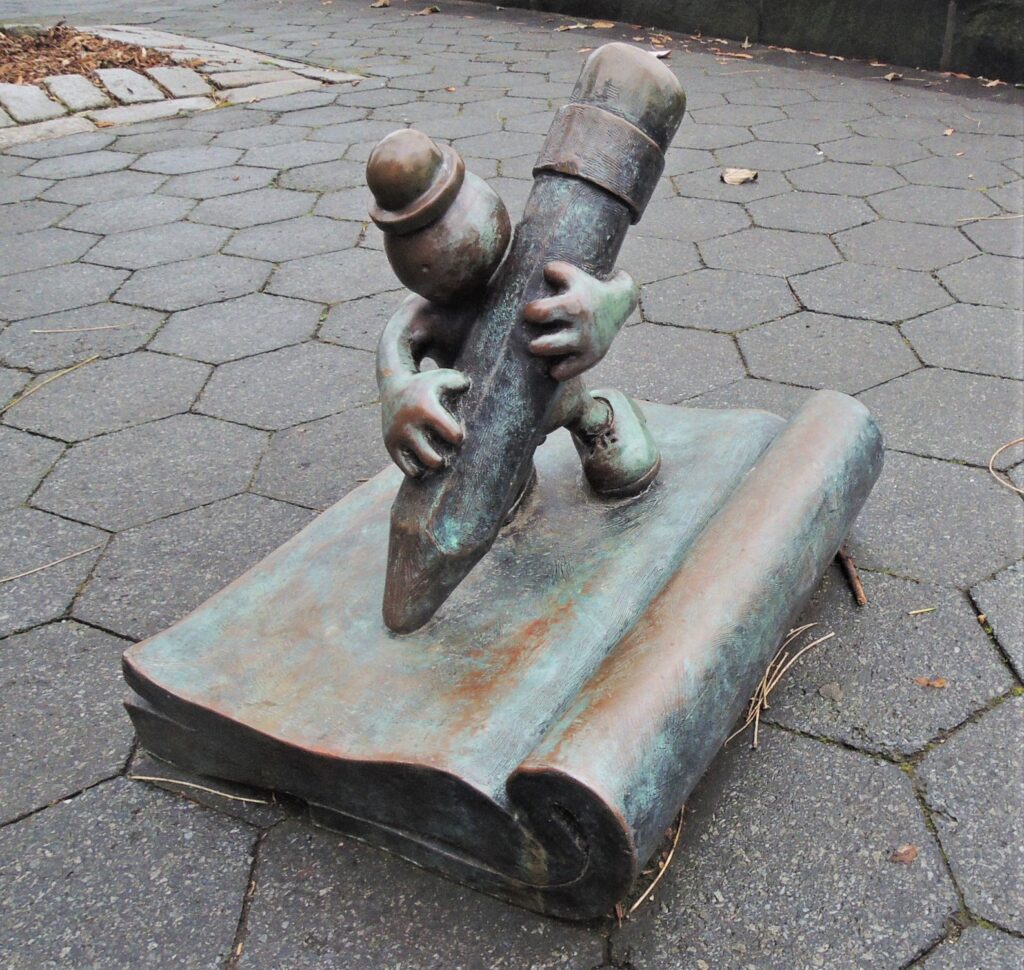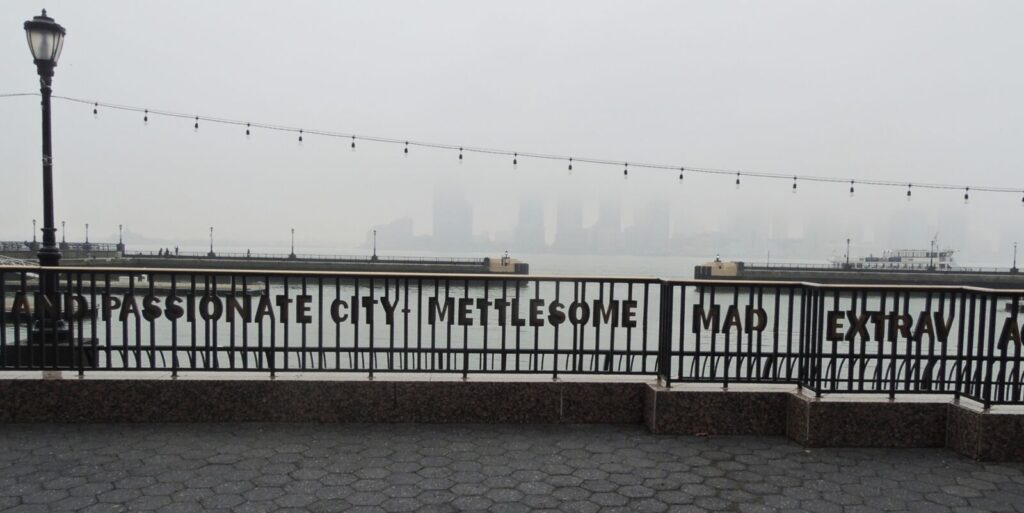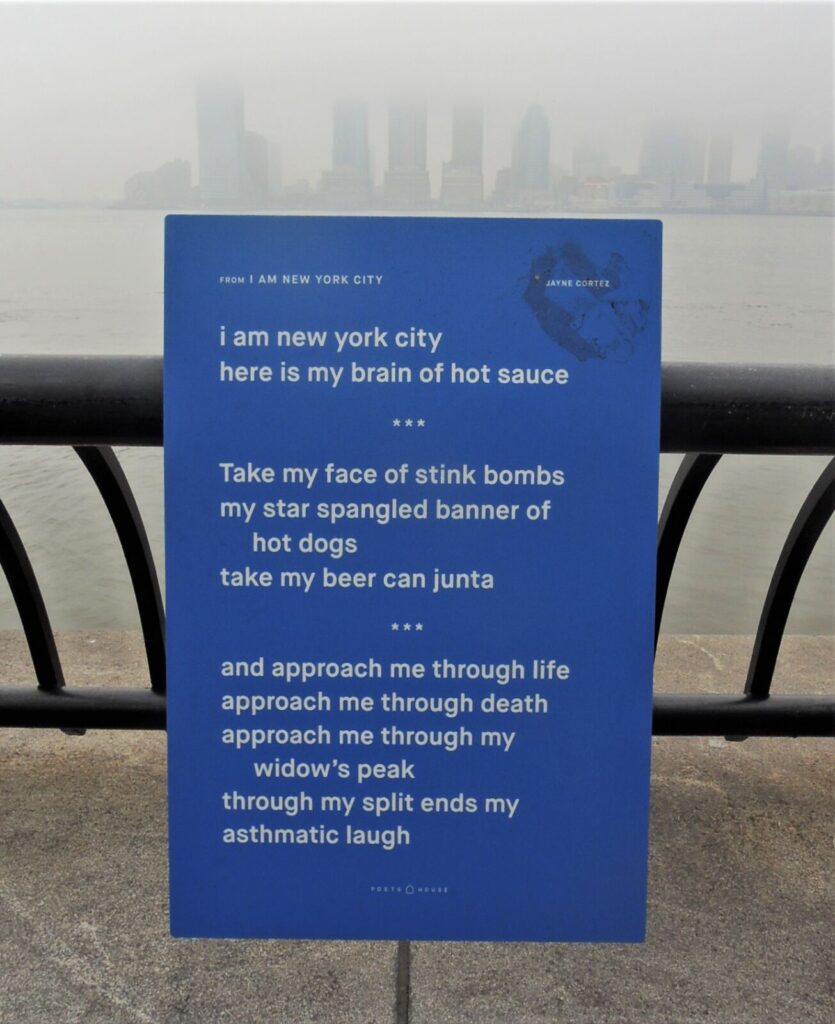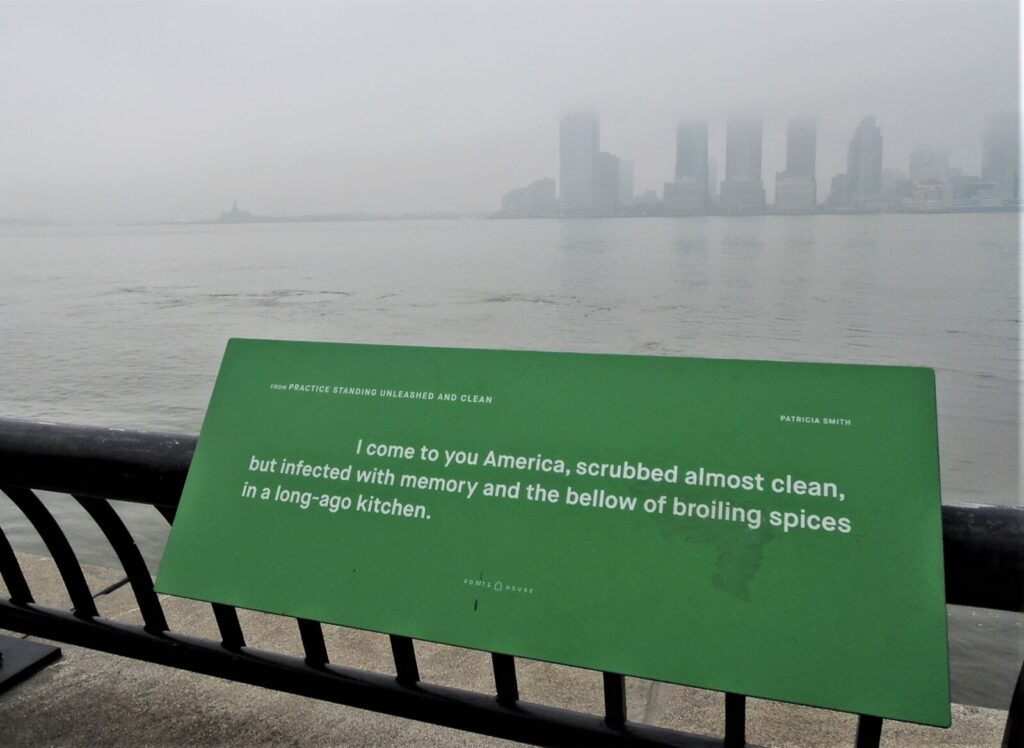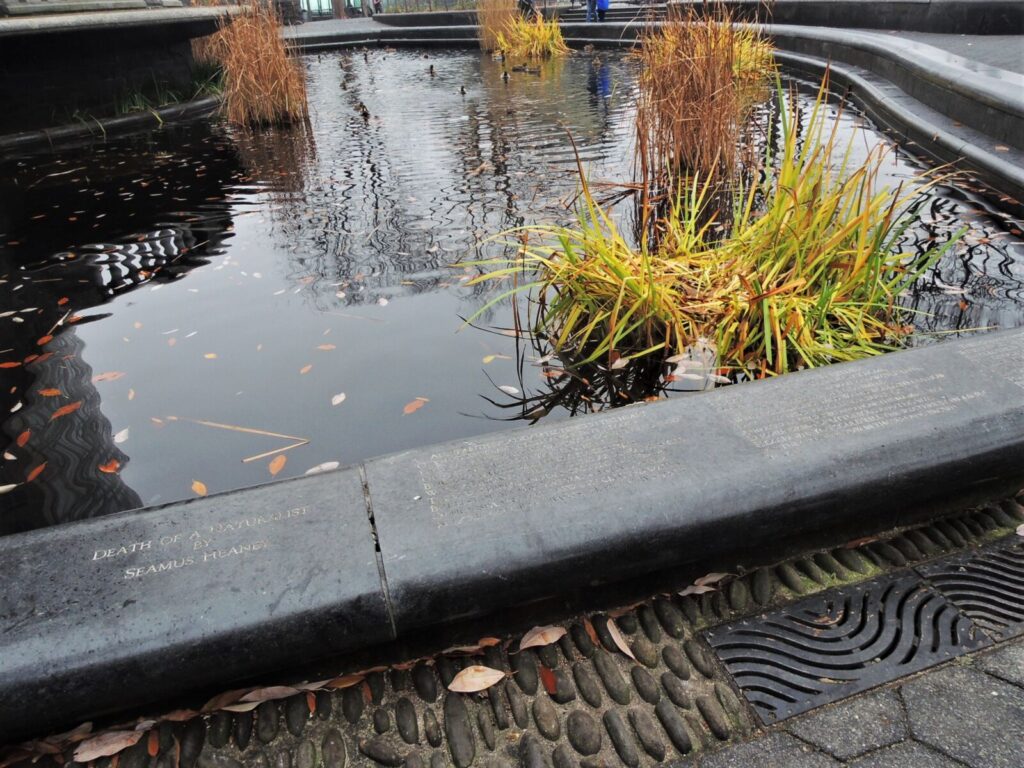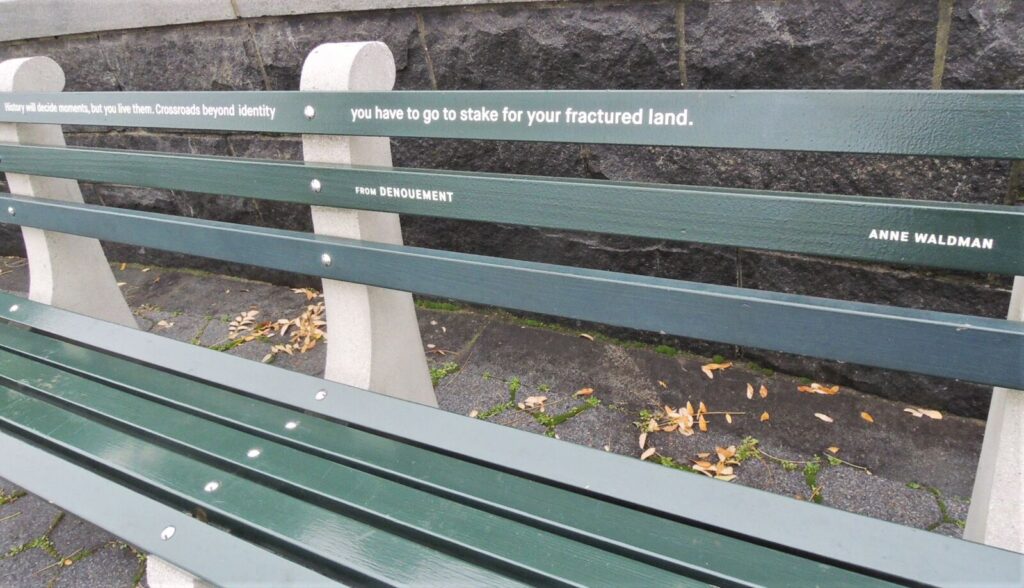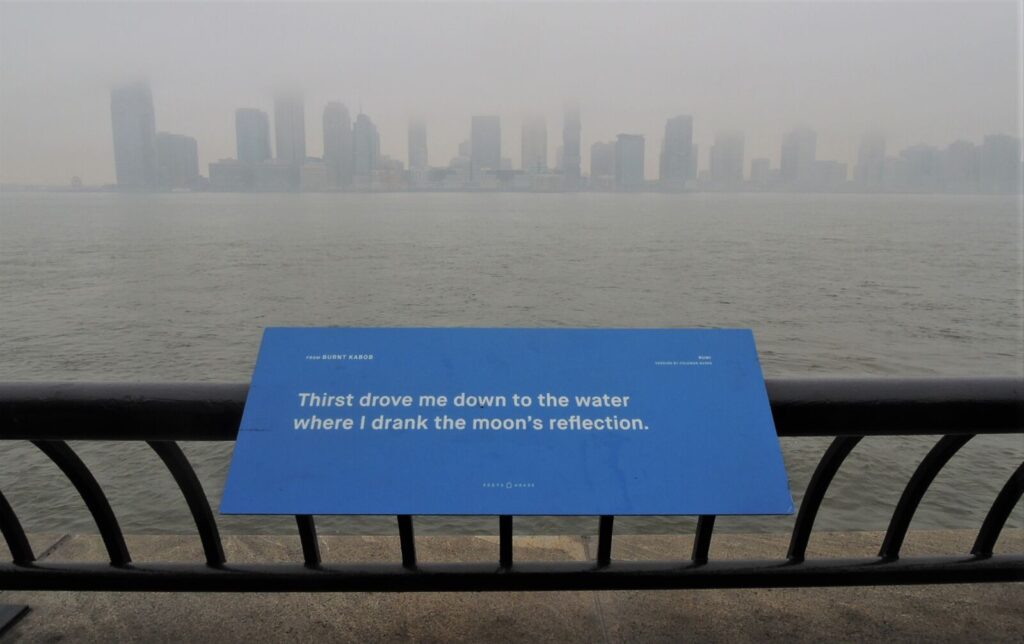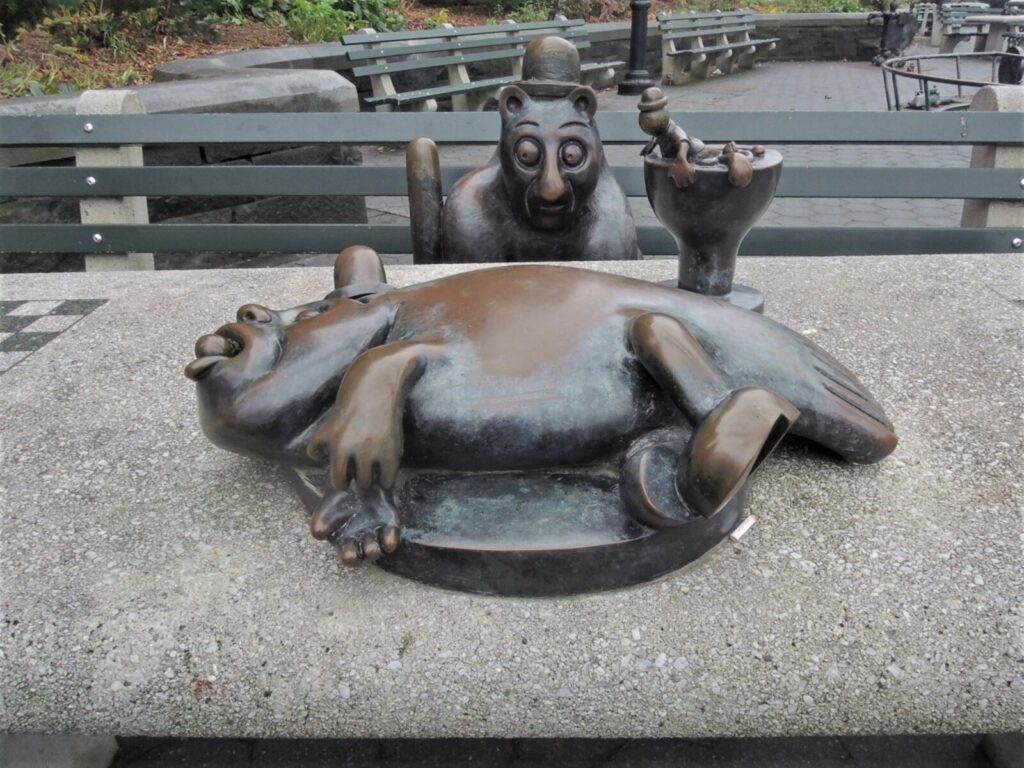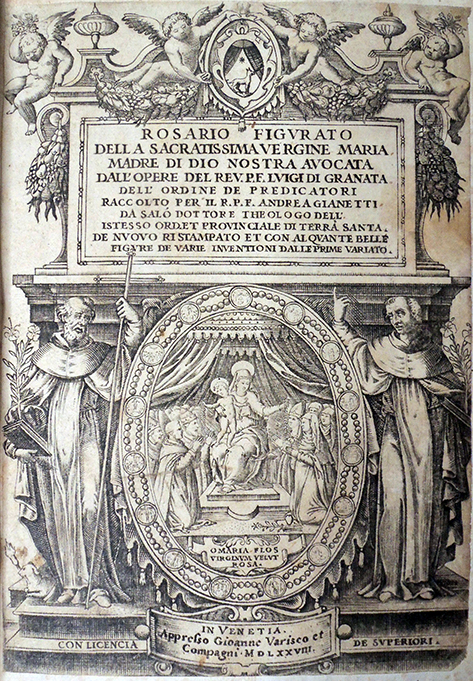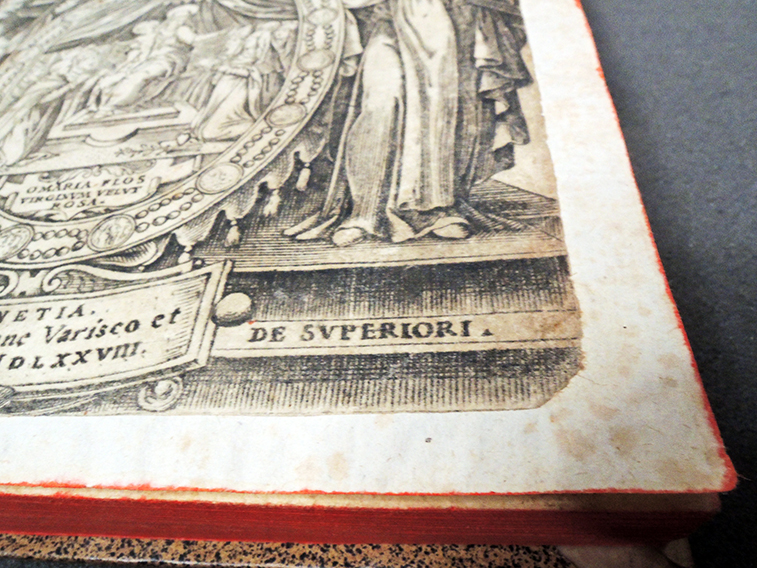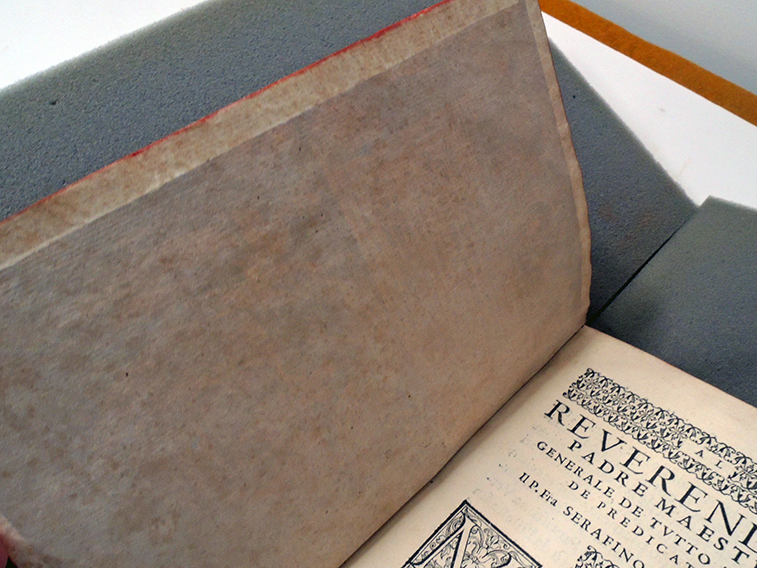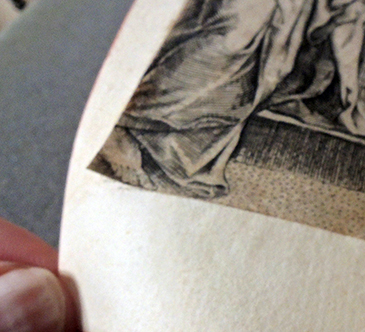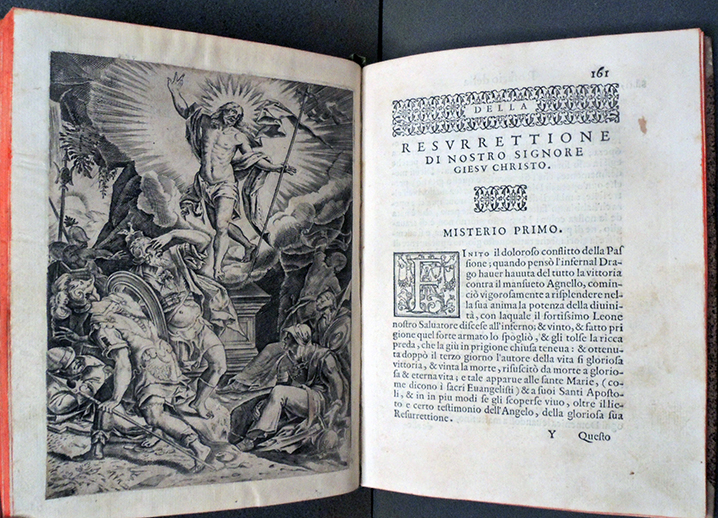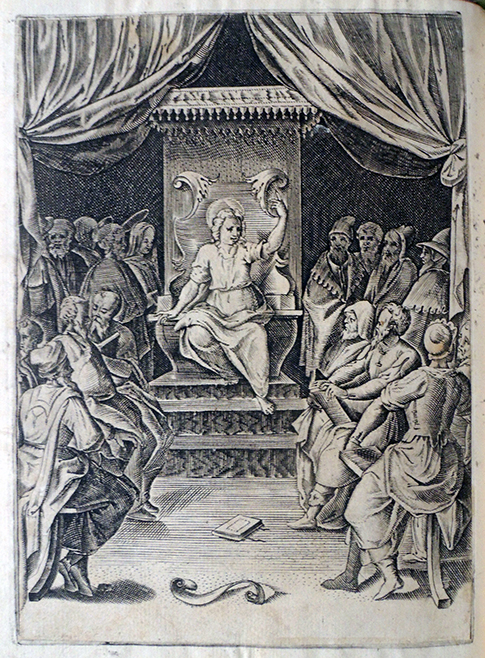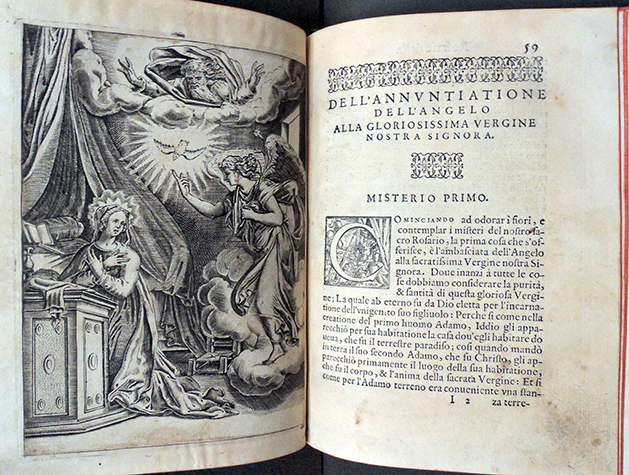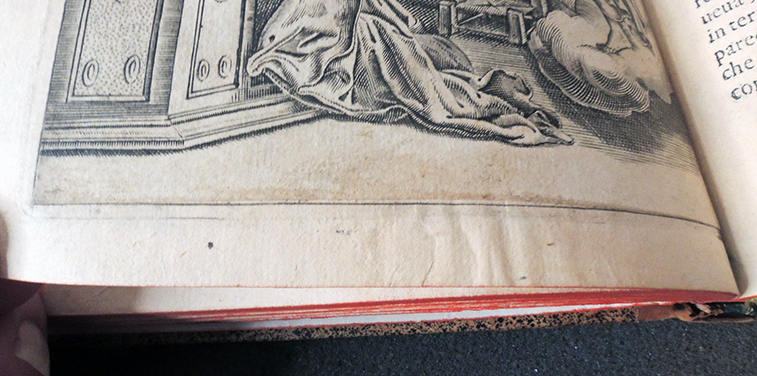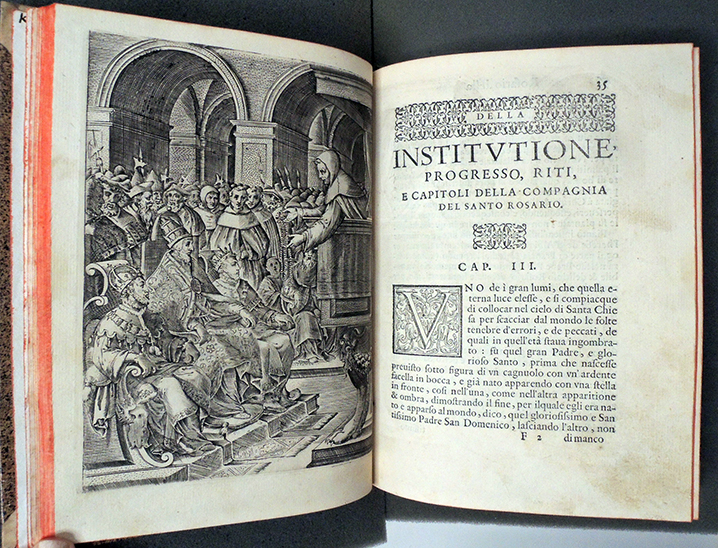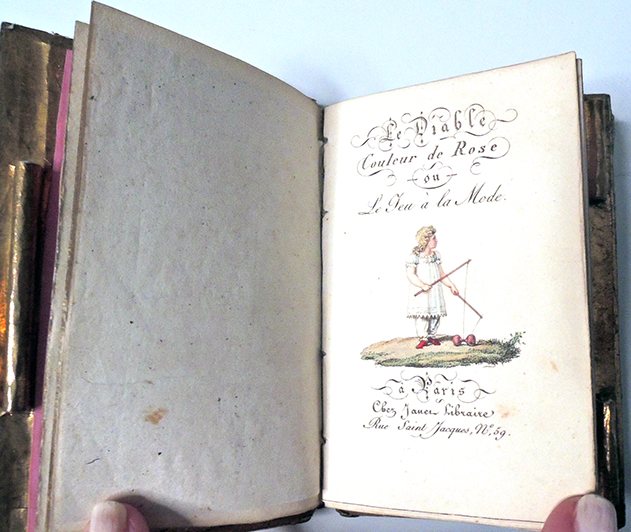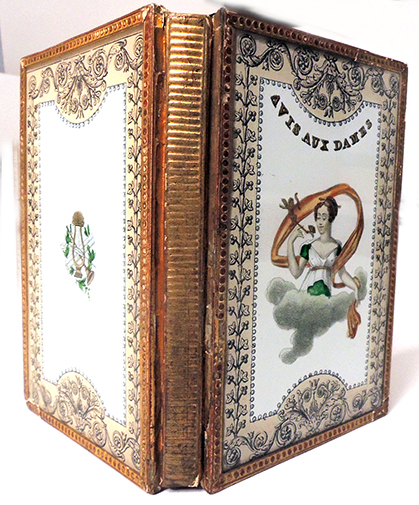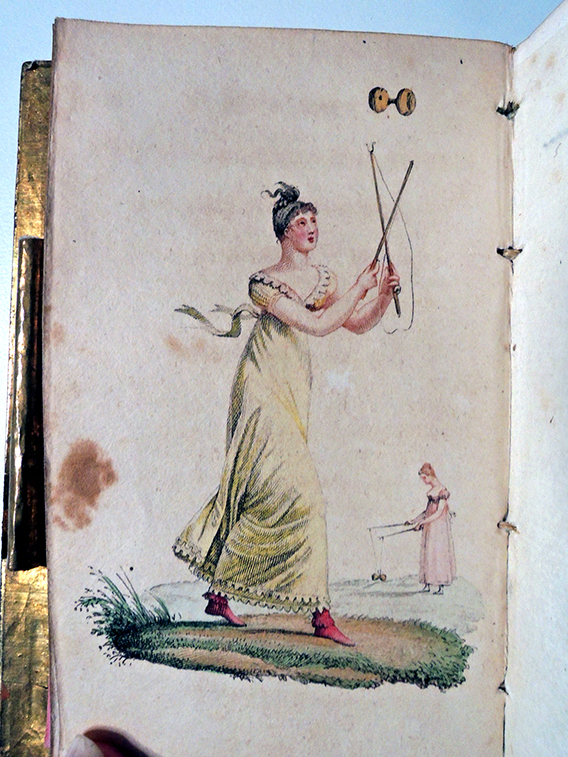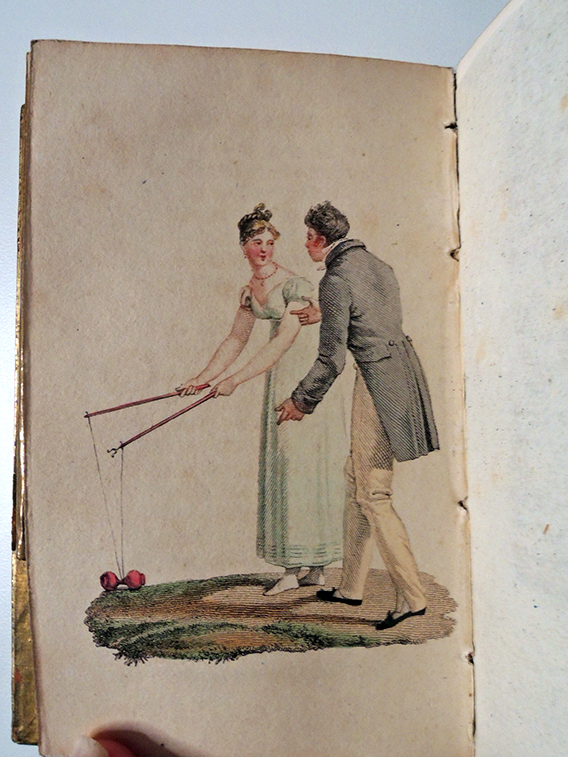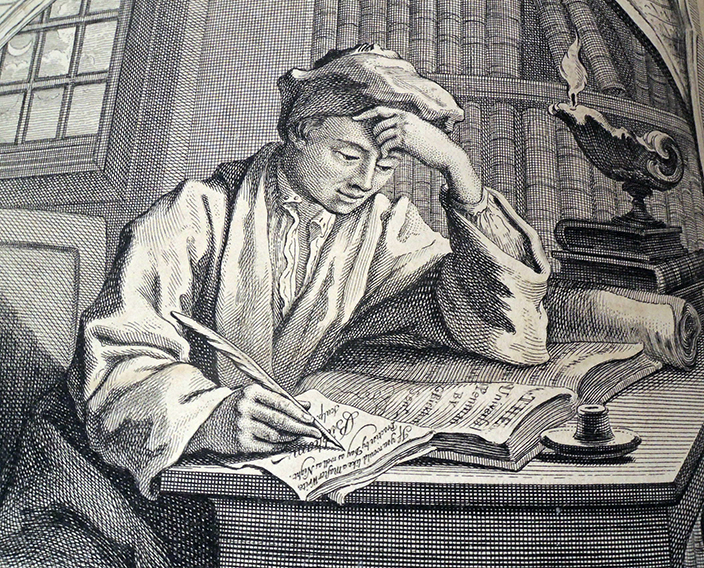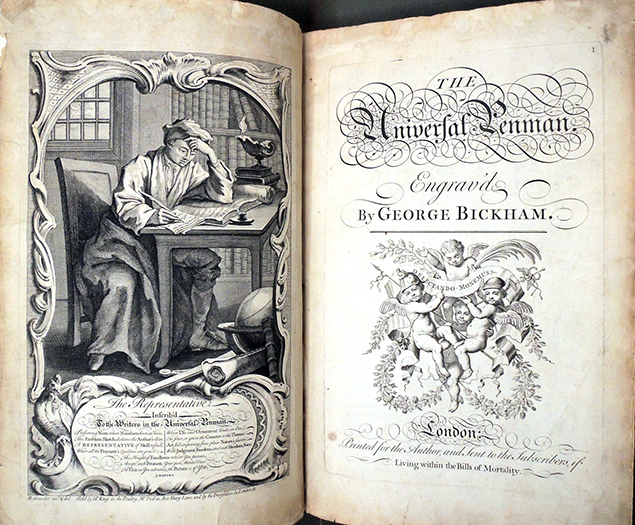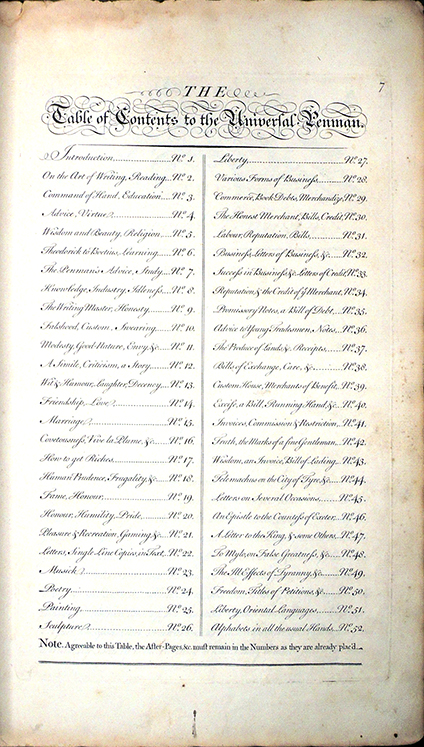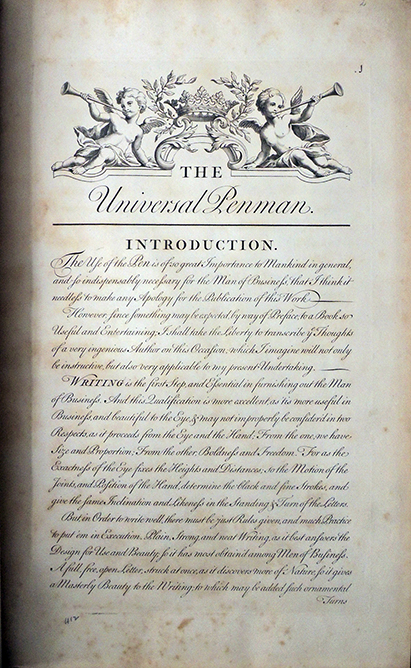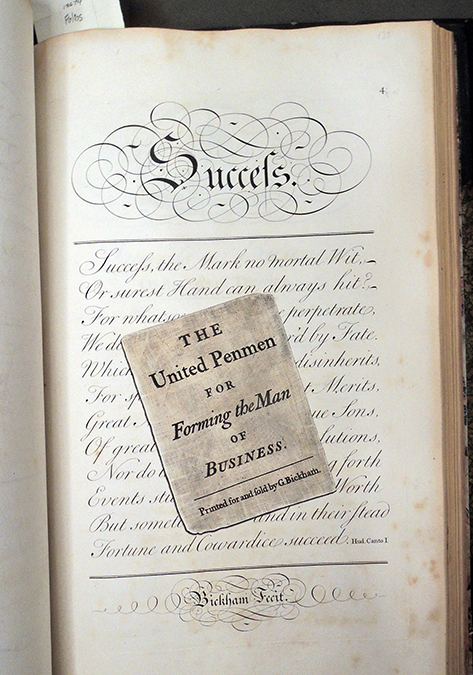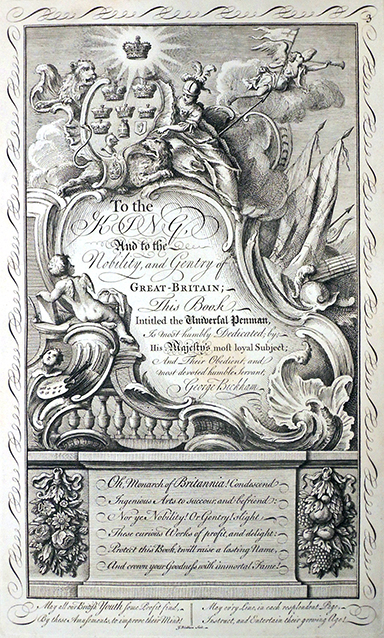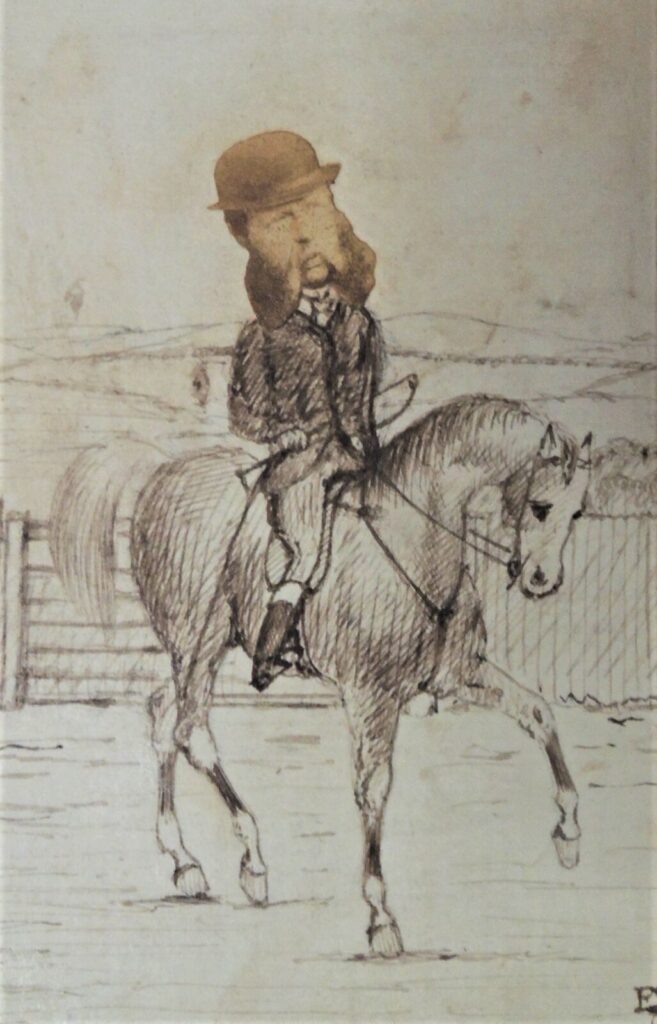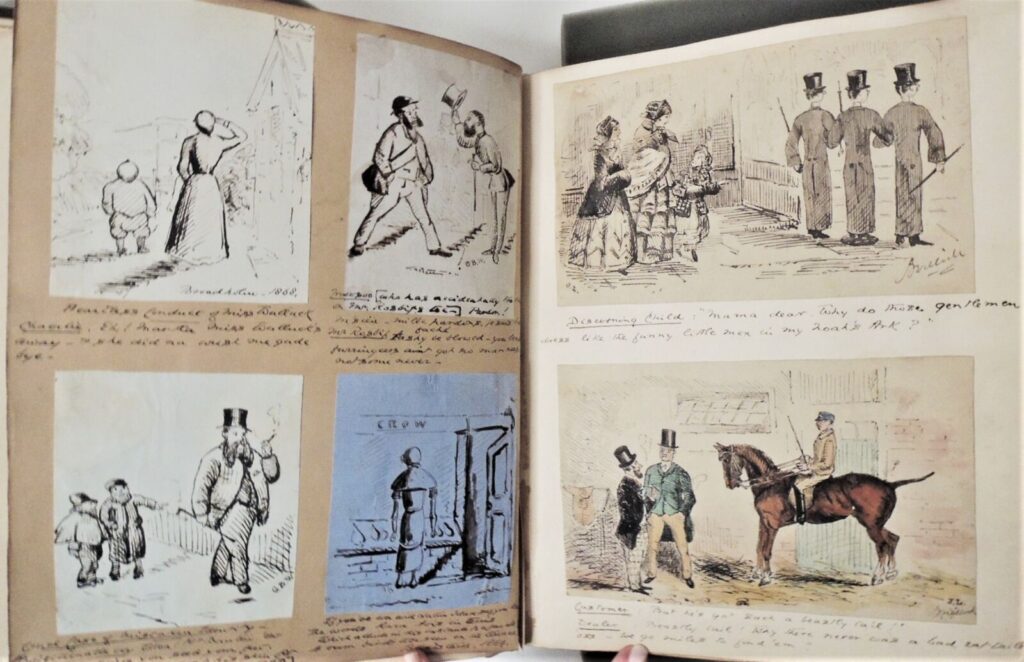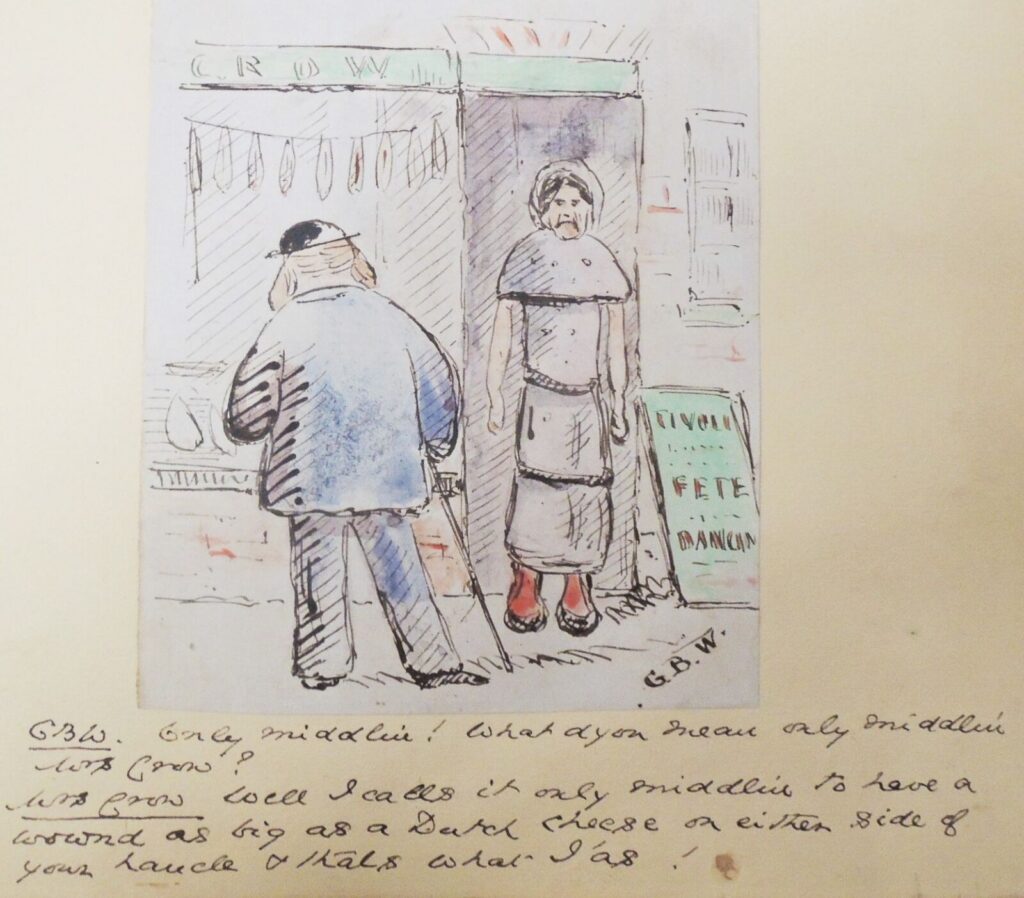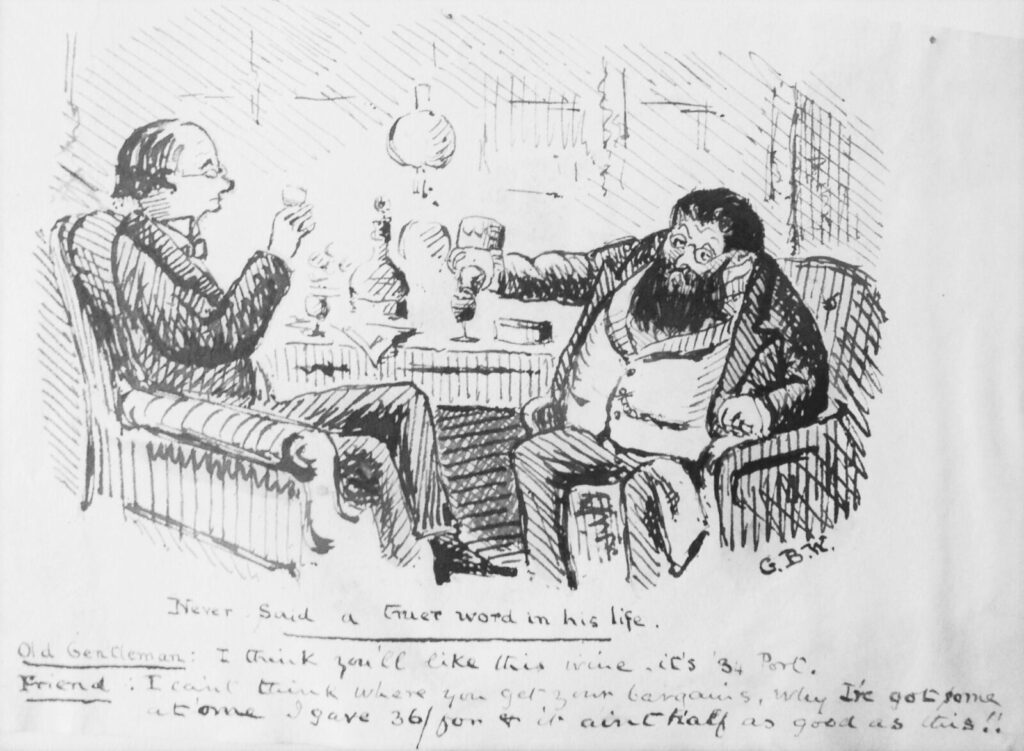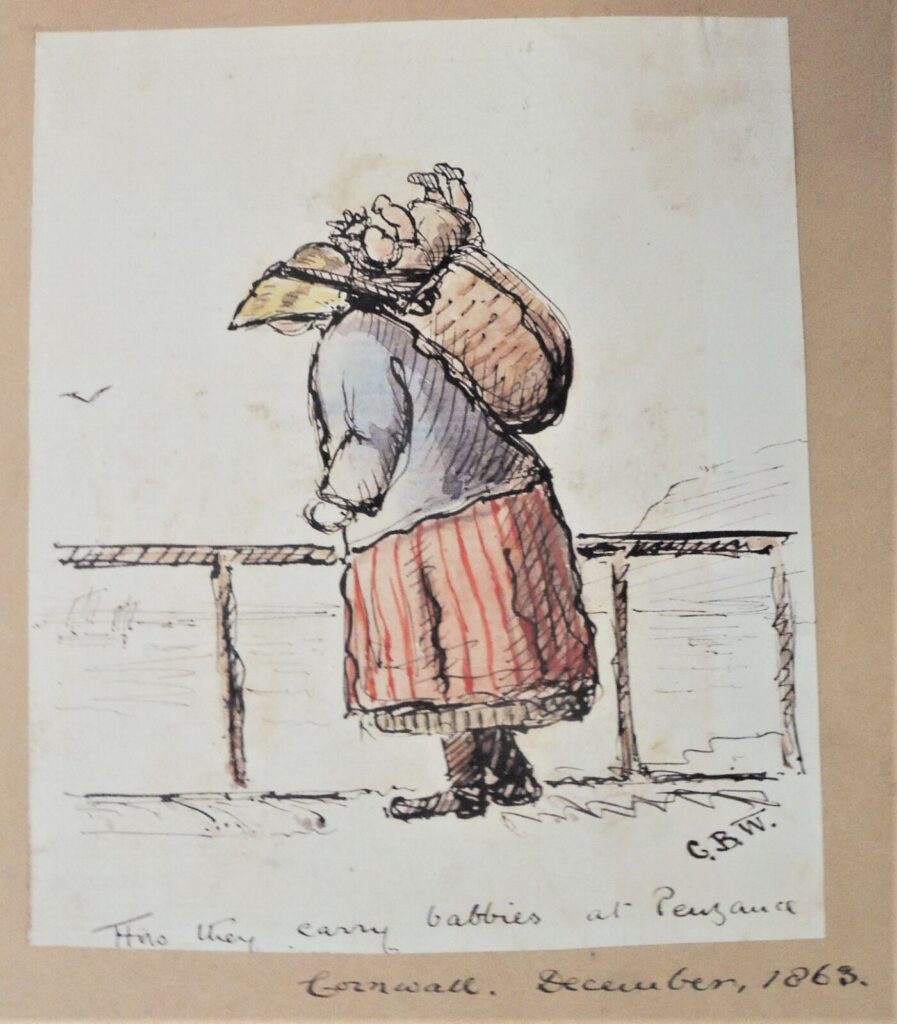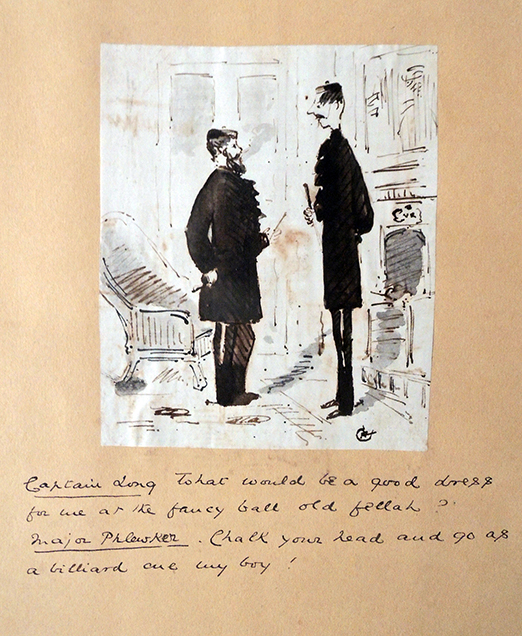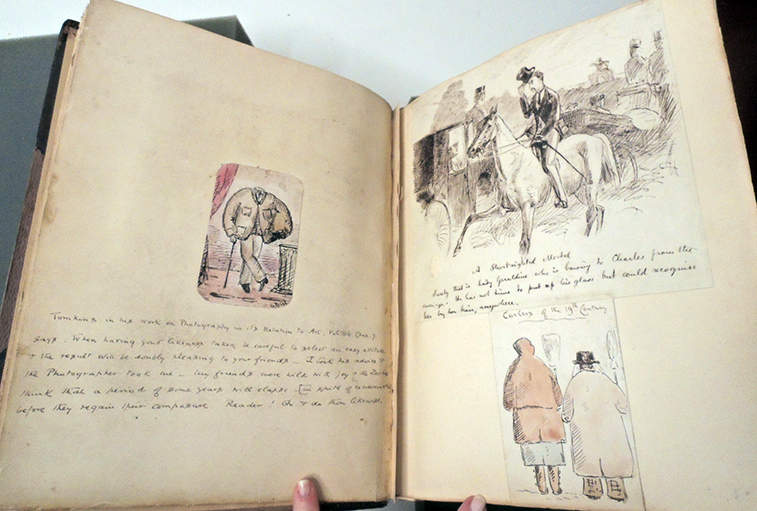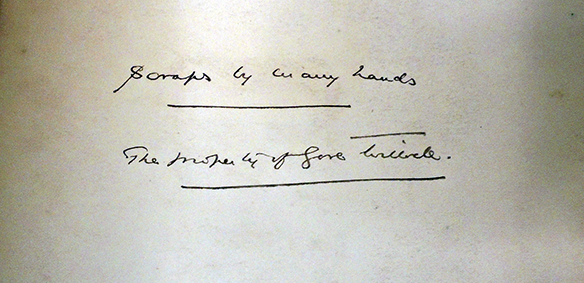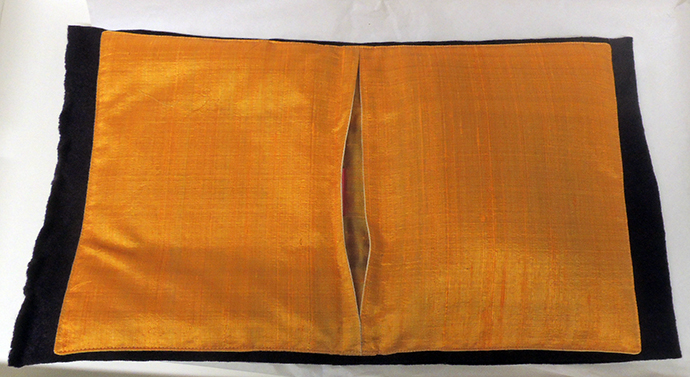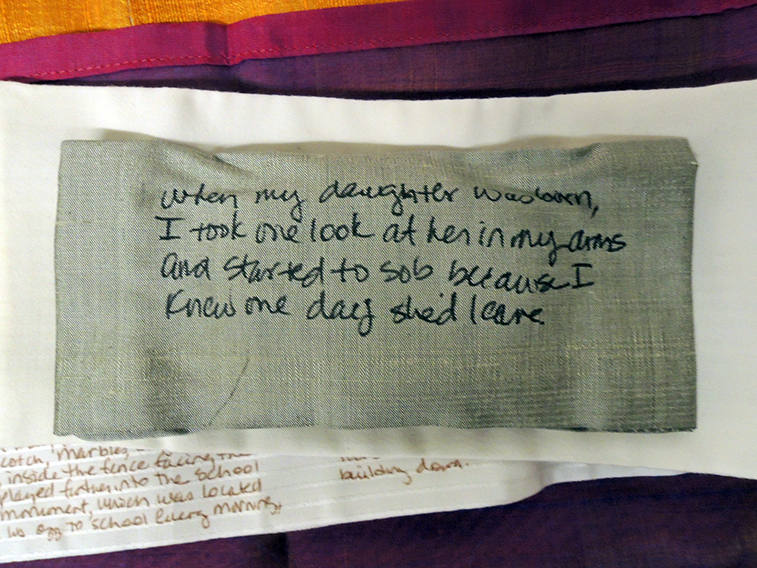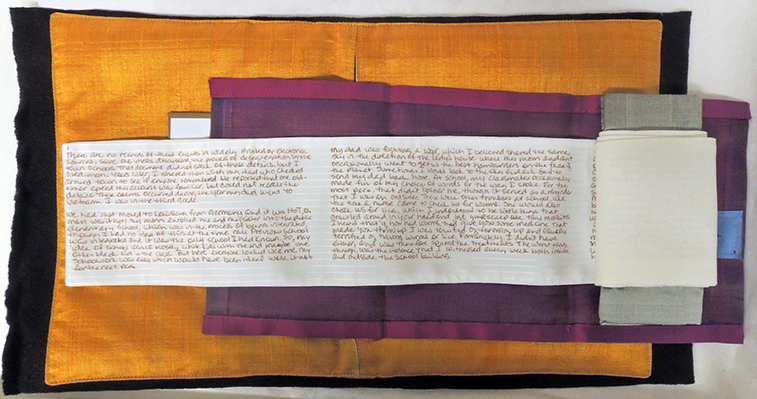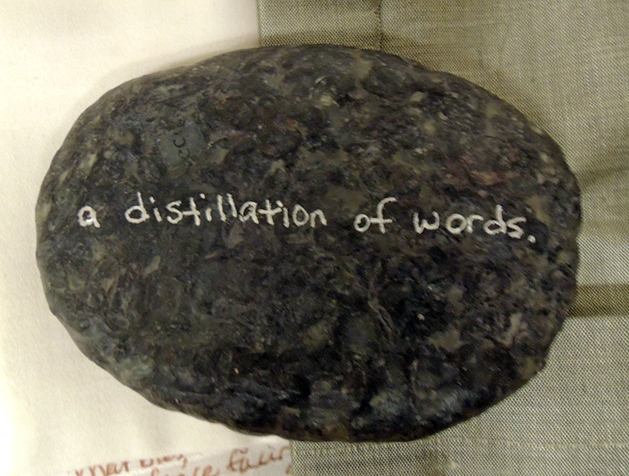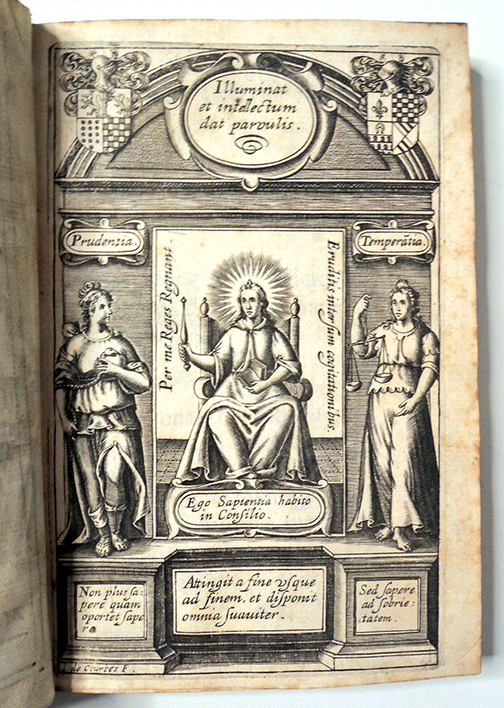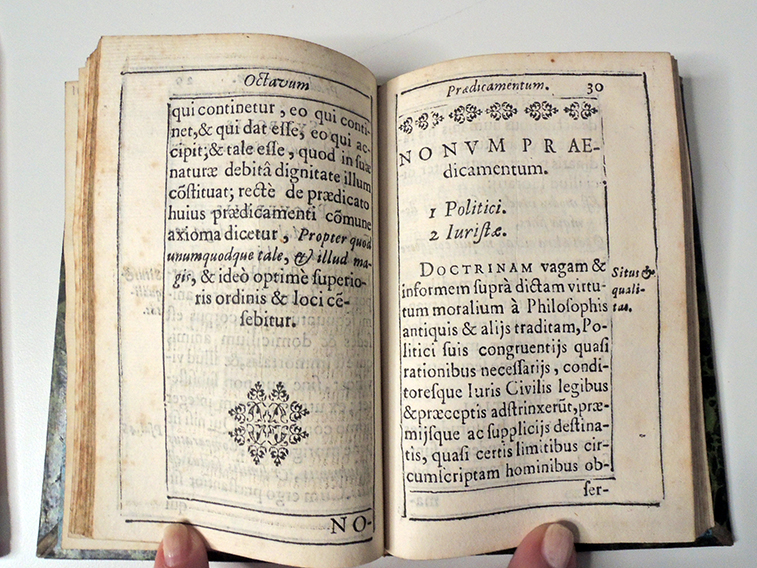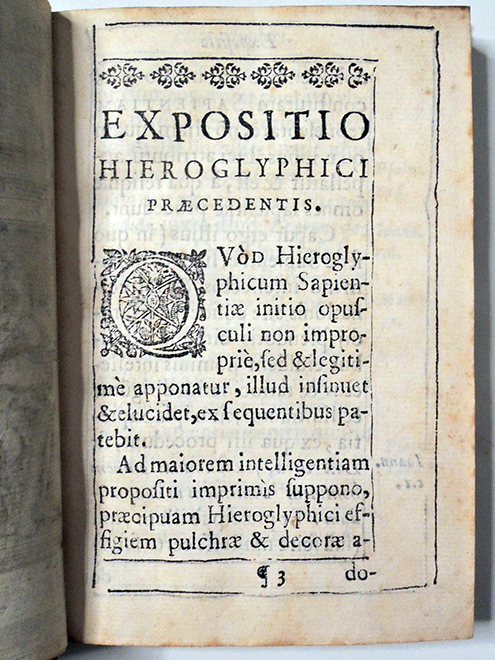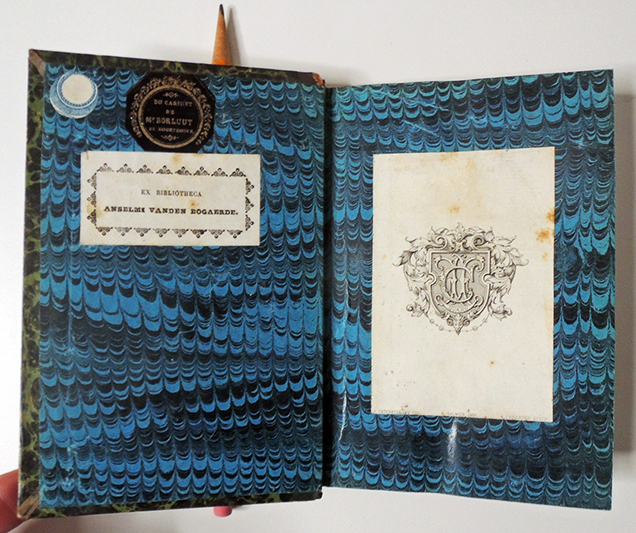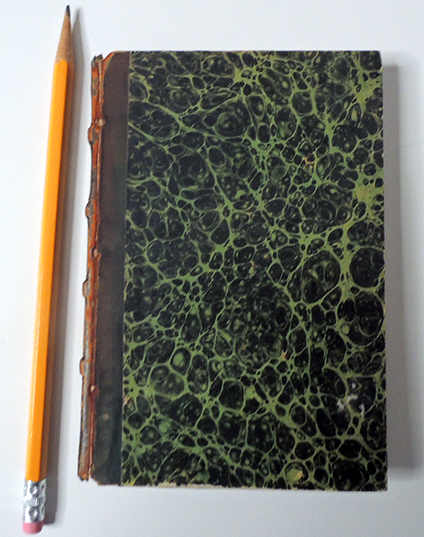L’Amour parmi les jeux, le Souvenir du bon temps, Dédié aux Belles [=Love Among the Games, the Memory of the Good Times, Dedicated to the Beautiful] (Paris: Boulanger, [1785]) with paintings by François Marie Isidore Queverdo (1748-1797). Provenance: bookplate of Robert de Beauvillain. Graphic Arts Collection GAX 2020- in process.
The complete description that came with the volume: “24mo (binding size 98 x 57 mm). Entirely engraved. 44 leaves = 22 bifolia, a “nested” construction, irregularly paginated: engraved title, Remarques pour la présente année 1785on verso, conjugate with advertisement leaf at end, 6-leaf engraved calendar for 1785 enclosing central quire, paginated 3-62, containing: 12 leaves engraved text, each text leaf alternating with one of 12 full-page engraved “plates” (printed on 6 conjugate bifolia), the printed sides included in the pagination; at center a separate quire of tables of gains and losses, with separate imprint, but included in the pagination (pp. 21-44).”
The Graphic Arts Collection has a new, quietly erotic almanac in an embroidered binding set with painted miniatures by or after François Marie Isidore Queverdo (1748-1797). The interior engravings are described elsewhere as by Jean Dambrun (1741-1808) after Queverdo. If you look closely, each print displays various amorous encounters while the poetry describes seduction involving both men and women, husbands and wives, humans and angels.
The games mentioned in the title are both actual sports: in January there is bowling, in February is hide and seek, and so on. But they are also the adult games played by men and women throughout the year.
Benezit lists Queverdo as born 2 February 1748, in Josselin (Morbihan) and died 24 December 1797, in Paris. “The father of Louis Marie Yves Queverdo, François Queverdo appears on the register of pupils of the Académie Royale as being the protégé of the duchess of Rohan-Chabot and living in her house. He was a pupil of Pierre and Longueil. He collaborated as a draughtsman and engraver on the plates for the Abbé de St-Non’s Picturesque Journey Through Italy ( Voyage pittoresque d’Italie). He also made many engravings from his own drawings of fêtes galantes. His works are not without talent although the forms are heavy and often inaccurate and some of his pieces are highly prized. He imitated the style of Baudouin.”
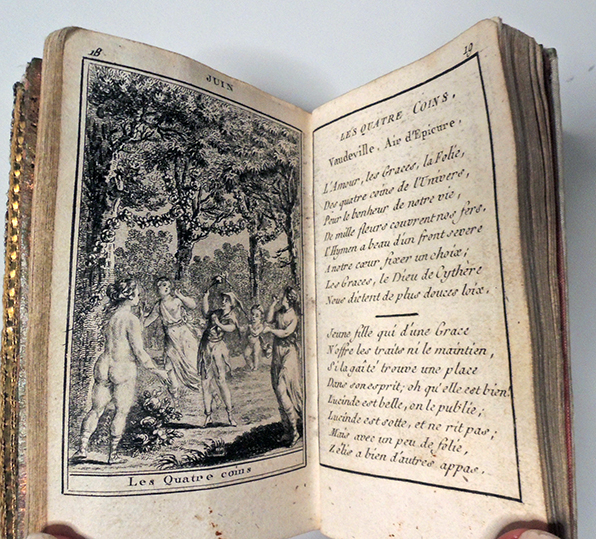 Les quatre-coins (Puss in the Corner), see: https://en.wikipedia.org/wiki/Puss_in_the_corner_(children%27s_game)
Les quatre-coins (Puss in the Corner), see: https://en.wikipedia.org/wiki/Puss_in_the_corner_(children%27s_game)



